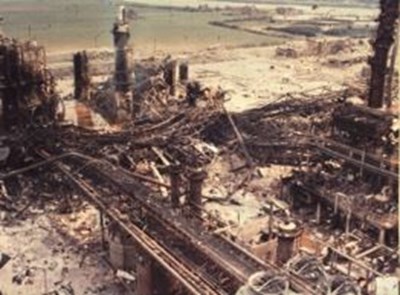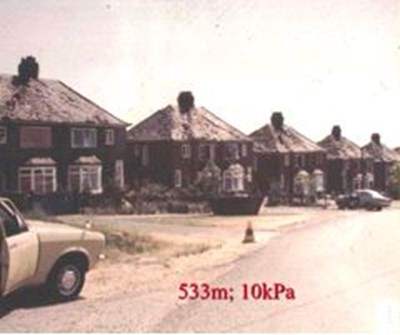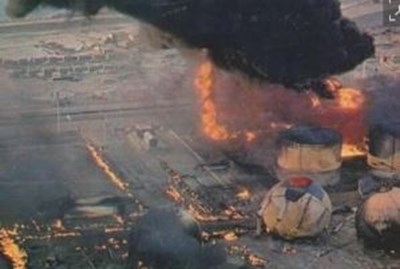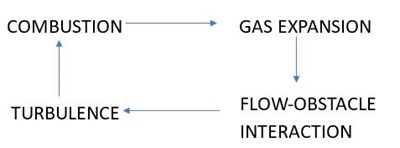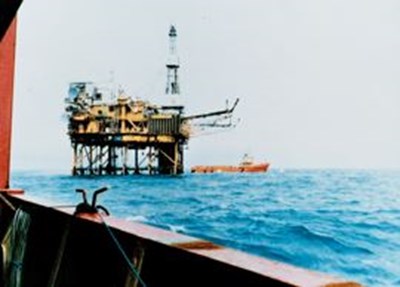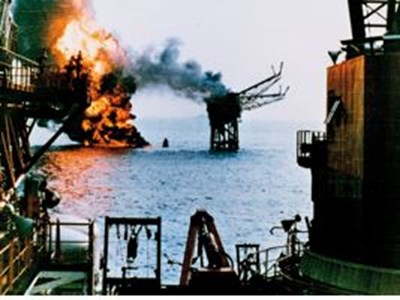Tue 11 Jun. 2019
Explosion Investigations – Dr Charlie Gardner, Burgoynes Consulting Scientists and Engineer
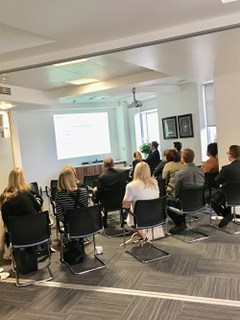
On Tuesday the 11th the Insurance Institute of Liverpool was given a completely absorbing talk by Dr Charlie Gardner of Burgoynes.
Charlie is an explosion forensic expert. His role of research and investigating explosions has assisted insurers for many years. He also has been an expert witness on many occasions and has helped insurers analyse the risk and prepare cover, in other words he has been in the position to save lives. Charlie explained the science between the various types of explosion - who knew there were so many factors to take into consideration. He illustrated the science by using examples from some of the most significant explosions of the last few decades and examples from more domestic settings – a heated aerosol explosion (one can) lead to a chain of events causing significant damage..
The institute learnt that heating water carries its own risk as steam requires more expansion space to a ratio of 1:1700 and without space to expand, an outlet or decrease in pressure, there is the potential for an explosion.
The Flixborough disaster was an explosion at a chemical plant close to the village of Flixborough, North Lincolnshire, England on Saturday, 1 June 1974. This was caused by an unconfined vapour explosion that killed 28 people and seriously injured 36 out of a total of 72 people on site at the time.
A Bleve (Boiling Liquid Expanding Vapor Explosion) caused a dreadful explosion in Feyzin, France in 1966 resulting in 18 deaths and many injuries. Propane gas leaked and ignited, resulting in a tank becoming engulfed in fire called a BLEVE and a fireball. Other tanks also became involved in the fire.
Charlie explained what combustion was, what variables are required for combustion and how detonation can travel faster than sound. He also explained how hydrogen doesn’t follow normal rules and just how flammable it can be.
The claims payers in the audience were particularly interested in how to investigate explosions, what to look for and how to apply diagnosis to an accidence scene.
Things to consider are:-When investigating the things to look out for are: -
The Piper Alpha Explosion in 1988 resulted in 167 fatalities and was caused by a number of variables:-
• Maintenance work being carried out on one of the high-pressure condensate pumps and a safety valve, flange leak lead to a leak in condensates and failure of gas detectors.
• Initial explosion and fire followed by a further explosion and jet fires.
• Failure to close off the gas flow from exporting platform intensified the fire.
• Automatic fire-fighting system remained deactivated, resulting in gas and oil fires that led to total destruction of the platform
The images below show the platform before and after the explosion
When investigating the things to look out for are: -
• What is the fuel involved?
• What are the properties?
• What is the burning velocity and explosive violence of the fuel?
• What is the leak source, when, for how long and gas mixing rates?
• What is the direction of displacement of structures?
• Fracture surfaces – what is the direction of displacement?
• What are the scorch/blister patterns?
• What is the trajectory of missile?
• What is the degree of remote damage?
Charlie finished with applying the science to photographs of explosions. Would we ever place an aerosol on a radiator or near a heat stove ever again? Definitely not!!
Thank you, Charlie, for a very interesting training session!

